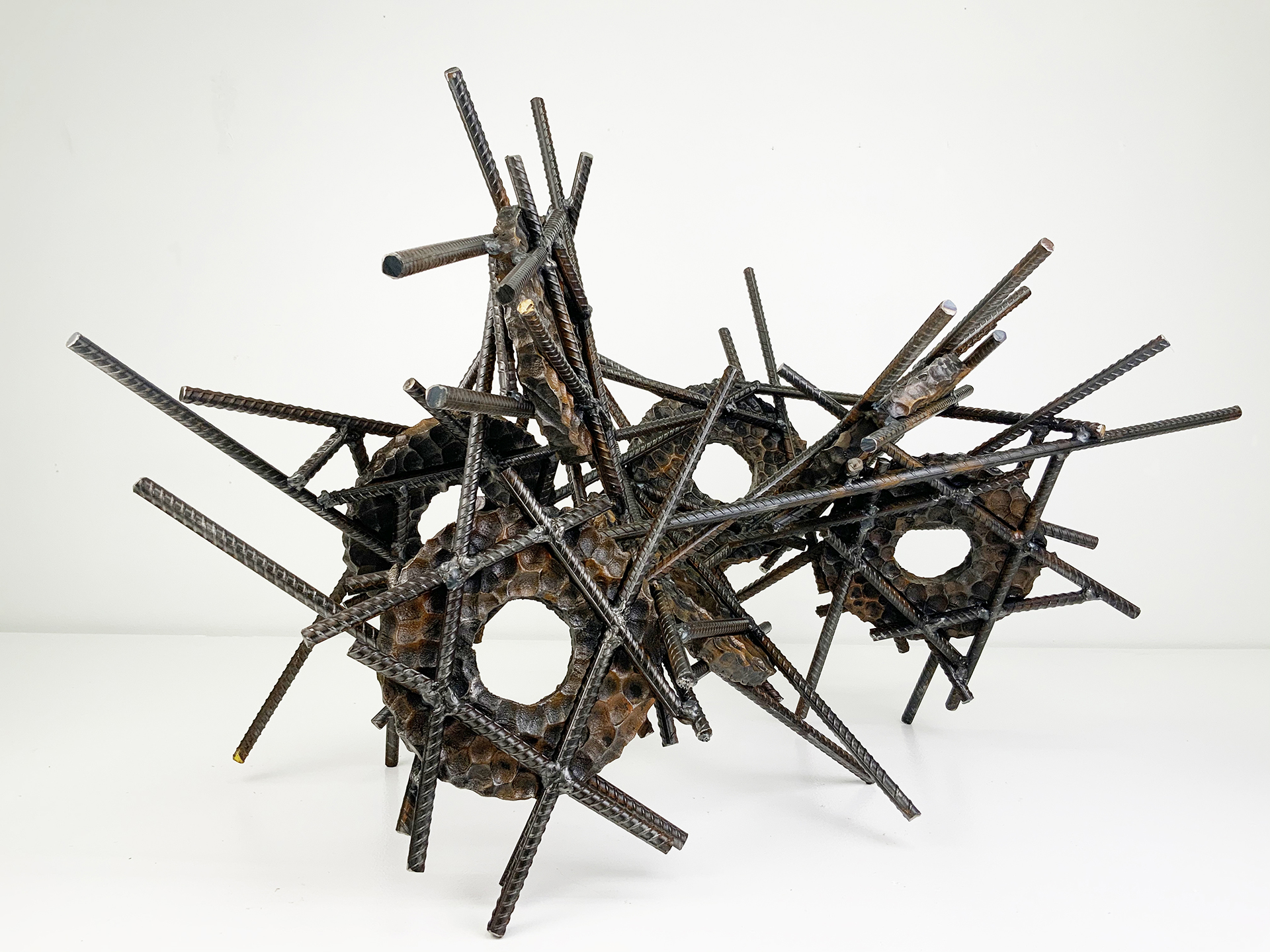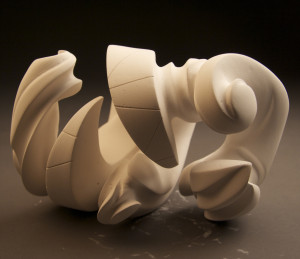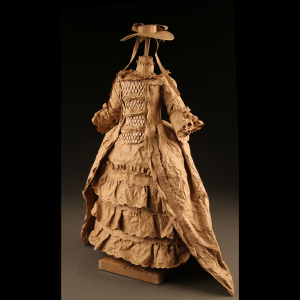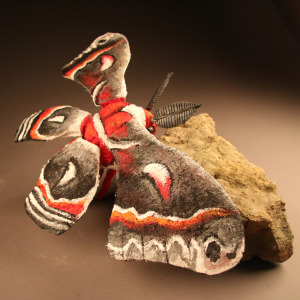Independent Research
Junior/senior level experience in sculpture.

Sculpture Works
 Mission: (Project Description)
Mission: (Project Description)Hollow lost wax casting method: A unique wax pattern will be developed using plaster and rubber molds. The wax pattern will be taken through the “Lost Wax Process” to create a unique bronze or aluminum sculpture with a patina or alternative finishing method. Individual students have a choice to cast a wax form presented from a previous course or to create a new hollow casting for this project. A hollow lost wax casting method is the only technical criteria. If a new casting is to be produced, you are encouraged to create a composition and concept that pushes the envelope of this level course.
This project will challenge and further introduce the student to the processes of casting metal. A traditional investment material of plaster, silica sand and silica flour will be used for this project. The student should show an understanding of the methods listed below. A metal form will be cast and finished by the student.
Learn the process of developing a metal casting using a two-part sand resin bond mold. The first part of the project will be to create a pattern using a variety of methods and materials. Mixing sand and resins the student will create a mold. The mold will be used to create a void to pour metal. The metal sculpture will then be finished accordingly. The student will be graded by keeping a schedule with the processes of the assignment as well as the finished form. Keep up, so you do not fall behind.
 Mission: (Project Description)
Mission: (Project Description)Using two forms build one, morphing the forms together to become a non-objective or abstract formal composition. The original forms are to be used as inspiration to assist in guiding the form. Use elements from each, yet develop your sculpture as a unique entity with an elegant form and a clean aesthetic. Original chosen objects may be mechanical (man-made) or natural.
Project Gallery
 In this project you are to use reclaimed cardboard to render everyday objects. The cardboard structures emphasize the importance of reusing and recycling materials and should provide an inspiring example of creative thought and innovation through repurposing materials.
In this project you are to use reclaimed cardboard to render everyday objects. The cardboard structures emphasize the importance of reusing and recycling materials and should provide an inspiring example of creative thought and innovation through repurposing materials.
Your mission is to build a mechanical object from the structural and aesthetic qualities of cardboard. Using cardboard, adhesives, and possibly some fasteners (such as string, nails, and screws) you will be building a 3 dimensional duplication of a mechanical object/device. The finished form should be at least 18 inches in one dimension. Glues are allowed on this project. Tapes or fasteners may be used as well. Hide them and use them strategically, to develop a consistently crafted object. Think craftsmanship! Folding, cutting, de-lamination, lamination methods and strategically placing cardboard in a consistent structural method should be a goal. Conservation of materials should be considered as well. The size and weight of the final object is a usual obstacle for sculptors.

In this project, the student is asked to create a sculptural form from wood material. The form does not necessarily need to look like a specific thing. It may be non-objective if desired. If the goal is to create a representation of a real object, a model should be made available. As a basis, 2×4 material may be purchased.